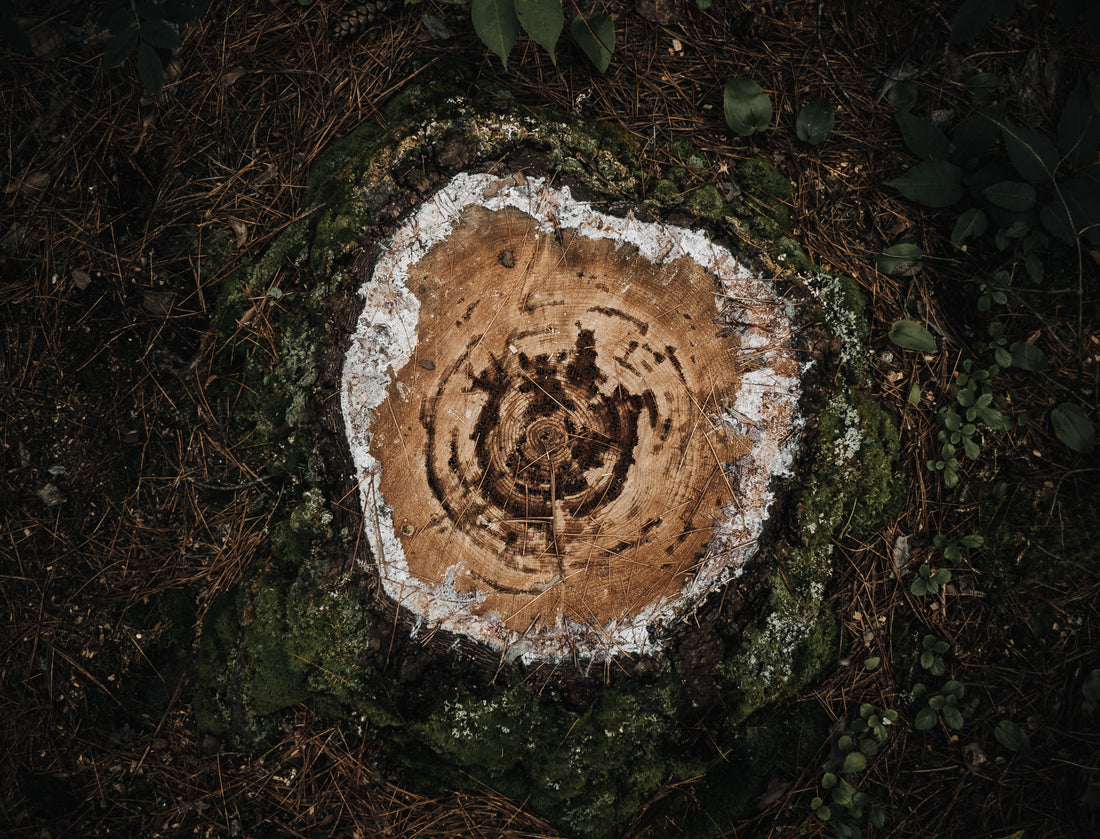
A Short History of Chewing Gum
Share
For thousands of years, humans all over the world have chewed natural gums. 6,000-year-old chewing gum made from birch bark (that still had tooth imprints!) has been found in Finland. Mastiche has been chewed in Greece since ancient times. The ancient Mayans chewed Sapodilla tree sap. Spruce tree sap was first chewed by people indigenous to North America. The idea was then stolen by America colonial settlers and by the 19th Century, chewing gum was a commercially available product. Famously, businessman John Bacon Curtis combined spruce gum with beeswax and flavourings to make ‘State of Maine Pure Spruce Gum’.
The modern rubber-based product we now call chewing gum was first developed in the 1860s when chicle was brought from Mexico to the US, initially to explore its use as an industrial rubber substitute. Chicle did not succeed as an alternative for rubber, but as a chewing gum it quickly dominated the market. However, by the 1960s, it was cheaper to make chewing gum from butadiene-based synthetics. Today a range of petrochemicals are still approved for use in chewing gum bases and are present in most commercially available chewing gums, including: butadiene-styrene rubber, isobutylene-isoprene copolymer, paraffin, petroleum wax, polyethylene, polyisobutylene polyvinyl acetate.
Concerns about the environmental and health impacts of synthetic chewing gum, and the rise of conscious consumers in the 21st century, have opened up the market to a return to the original chewing gums – natural products sourced from tree resins.
Mast Chew is exactly that: a natural, plant based, chewing gum that biodegrades and is safe to swallow. Our gum base is made from tree resin and beeswax (to make is soft and chewy), plus natural sweetener and essential oils to make it taste great!
